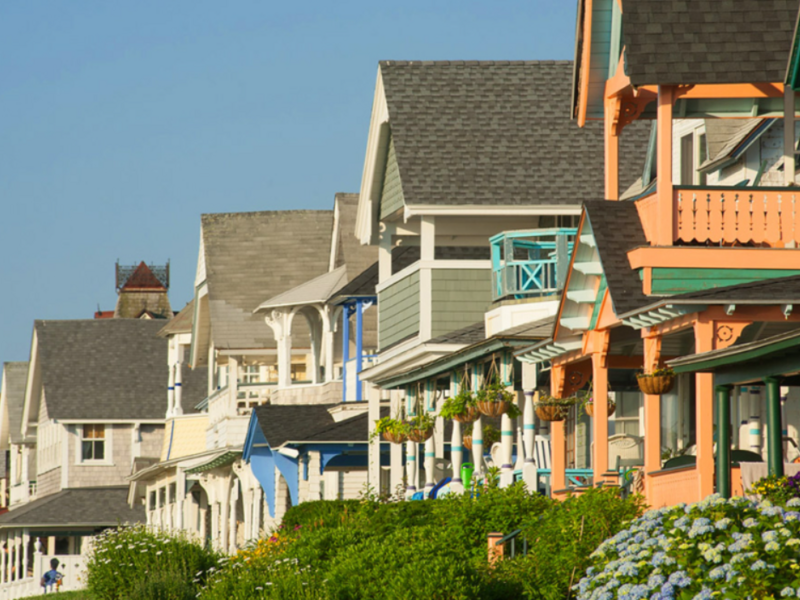Loss of year-round housing units to seasonal housing is a major concern for many Massachusetts regions. Many communities have seen large numbers of moderately priced units bought and converted to second homes, vacation homes, or short-term rentals. While the investments associated with these conversions might bring higher property values, increased local tax revenue, and greater economic activity due to tourism; seasonal conversions deplete the supply of available year-round homes resulting in fewer options and higher prices for permanent residents. Understanding the patterns of seasonal conversion is important to crafting policies to manage the rate of conversion and compensate for the year-round homes lost.
With the exception of the lodging registry for short term rentals, there is no definitive data source on what units are used only seasonally. The best available estimates come from the American Community Survey, which provides statistics on how many homes are not occupied by a household because they are used for “seasonal, recreational, or occasional use.” In many areas of the Cape, Islands, and Western Mass, the numbers of such units have been increasing while the number of units occupied by (or available to) year-round residents has been declining. The magnitude of seasonal conversion is greater than just the total decline in year-round units. Additional conversions are offset by the new year-round units built over the same time period. Those need to be netted out to create an accurate estimate of seasonal conversion.
For example, Cape Cod added 8,800 housing units from 2009 to 2019, of which at least 2,400 are occupied by year-round residents. Despite that, the total number of year-round housing units on the Cape declined by 3,400. Together, those figures suggest that 5,800 year-round homes were lost to seasonal use or for other reasons, almost 6% of the total year-round homes. New production made up part of the difference, but not enough to stem the overall loss of year-round units.
Similar patterns are observed, to a lesser extent, in three other regions: Berkshire County, Pioneer Valley, and Franklin County, where seasonal conversions affected 2.5%, 0.7%, and 0.1% of the year-round housing stock, respectively. On Nantucket and Martha’s Vineyard, small sample sizes and high margins of error make it hard to generate reliable estimates, though local housing plans and input from local stakeholders both indicate this is a known issue on the Islands. EOHLC estimates that 8,830 year-round residences statewide were converted to seasonal units between 2009 – 2019.
All other regions showed a net gain in year-round units, even after accounting for newly constructed ones. While some seasonal conversion is likely happening in these regions, the low incidence is such that it is not possible to quantify it with any precision.
